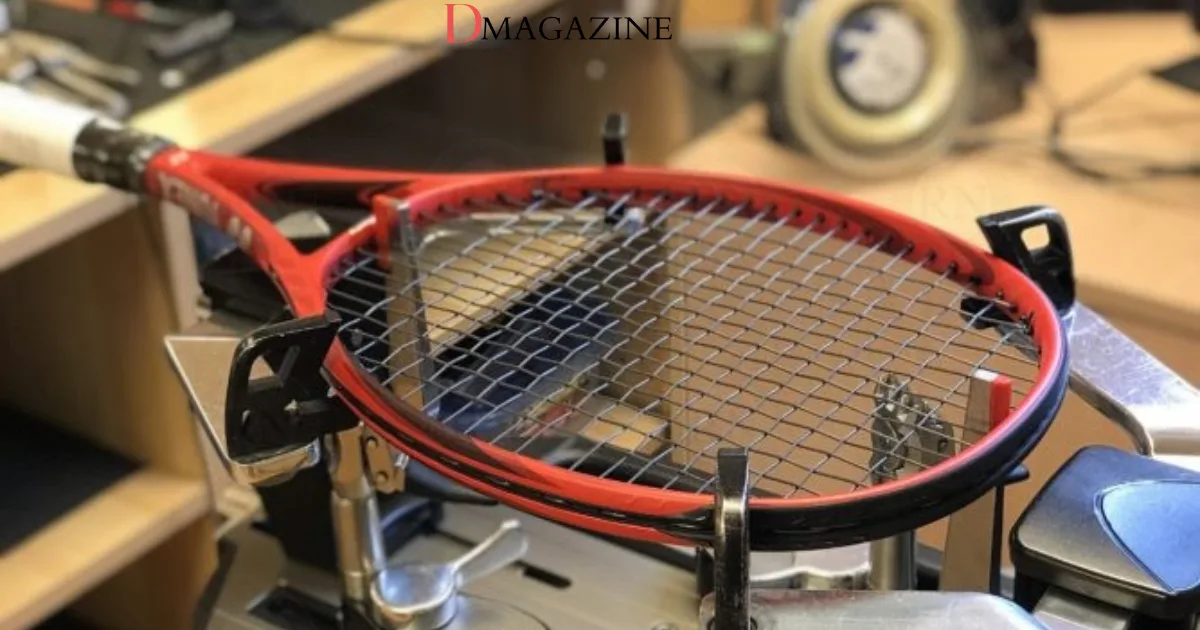Racket Strings Tennis: What Young Players Need to Know

Have you ever wondered why some tennis players hit the ball with more power or spin? The secret might be in their strings! Racket Strings Tennis have a big impact on your performance, affecting power, control, and feel during a match. The right strings can help you hit better shots and improve your game. Let’s explore everything you need to know about tennis racket strings.
Quick Facts About Tennis Strings
Tennis strings influence your power, control, spin, and overall comfort during play.They come in different materials like nylon, polyester, and natural gut. String tension (how tight the strings are) changes how the racket performs. Most young players should replace their strings 2-3 times per year.
What Are Racket Strings Tennis Made Of?
Tennis strings come in several different materials. Each type has its benefits:
Nylon Strings
Nylon strings are a popular choice for young players due to their affordability and comfort. They offer a good mix of power, feel, and durability. They’re also less expensive than other types.
Best for: Beginners and intermediate players who want comfortable strings that last a long time.
Polyester Strings
Polyester strings are stiffer and more durable. They help players create more spin on the ball. Many professional players use polyester strings.
Best for: Advanced players who hit with a lot of spin and power.
Natural Gut
Natural gut strings are made from cow intestine. They provide the best feel and power. However, they cost the most and don’t last as long.
Best for: High-level players looking for top performance.
Hybrid Strings
Hybrid stringing uses two different types of strings in the same racket. Usually, one type goes across (the mains) and another type goes up and down (the crosses).
Best for: Players who want the benefits of two different string types.
How String Tension Affects Your Game
String tension refers to how tightly the strings are stretched across your racket’s frame. It’s measured in pounds (lbs).
- Lower tension (40–50 lbs): provides more power but less control.
- Medium tension (50-60 lbs): Good balance of power and control
- Higher tension (60+ lbs): gives you less power but offers more control and spin.
Most young players do best with medium tension strings.
INFO BOX: What is String Tension?
Think of string tension like a trampoline. Looser strings (lower tension) create more “bounce” when the ball hits, giving you more power. Tighter strings (higher tension) create less bounce but give you more control over where the ball goes.
How to Choose the Right Tennis Strings
When picking tennis strings, think about:
- Your playing style matters: Do you play with powerful shots or a softer touch? Do you like to hit with spin?
- Your skill level: Beginners usually do better with comfortable, forgiving strings.
- How often you play: If you play several times a week, you’ll need more durable strings.
- Your budget: Some strings cost much more than others.
Recommendations for Young Players
- Just starting: Nylon strings at 50-55 lbs tension
- Intermediate player: Nylon or synthetic gut at 55-60 lbs tension
- Advanced junior player: Polyester or hybrid strings at 55-60 lbs tension
When to Replace Your Tennis Strings
You should replace your strings when:
- They break
- They look frayed or damaged
- They feel “dead” (less bouncy)
- It’s been many months since you last changed them
A good rule is: Replace your strings as many times per year as you play per week. So if you play twice a week, replace your strings at least twice a year.
How String Pattern Affects Your Game
Tennis rackets have different string patterns, usually described as 16×19 or 18×20. The first number tells you how many strings go up and down. The second number tells you how many go across.
- An open string pattern, such as 16×19, gives you more spin and power.
- Dense string pattern (like 18×20): More control and durability
Conclusion
The racket strings tennis can greatly improve your performance on the court. As a young player, start with nylon strings at medium tension. As you improve, you can try different types of strings to find what works best for your playing style.
Remember, even the best strings won’t replace good technique and practice. Keep working on your skills, and the right strings will help you play your best tennis!
FAQs About Tennis Racket Strings
Tennis strings typically cost between $5 and $40 per set. Nylon strings are the cheapest option, while natural gut strings cost the most.
Yes, but you need a stringing machine and practice. Most young players should have their rackets strung by professionals at tennis shops.
If your shots often go long, your strings may have low tension and need tightening. If you can’t generate power, they might be too tight.
No, string color is just for looks. Choose whatever color you like best!






